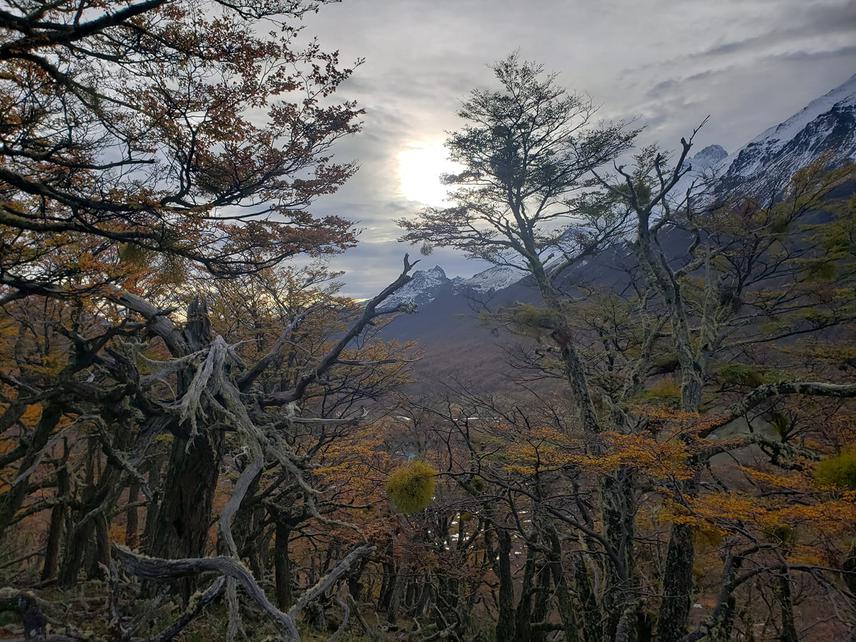Matthew Joseph Ruggirello
Other projects
14 Dec 2022
Wildfire at the End of the World II: Informing and Coordinating Community Restoration and Conservation of the Sub-Antarctic Beech Forests of Tierra Del Fuego
At the southern tip of South America, the island of Tierra del Fuego is home to three species of native beech trees. The climate of the island has historically been cool and wet. However, prolonged warm periods, drought, and a growing human population have increased wildfire risk in the region. Recent wildfires have had devastating impacts on thousands of hectares of forest: tree regeneration post-fire has been sparse. Post-fire plantings have been done without scientific support and have not been successful. A deeper understanding of the impacts of wildfire in Tierra del Fuego is essential to conserving and restoring the island’s forests.

The overarching objective of this project is to evaluate the response of Nothofagus antarctica (ñire) and N. pumilio (lenga) to forest fires in Tierra del Fuego. This knowledge will allow for the development of more effective guidelines for the pre-fire conservation and post-fire management of southern beech forests. The project takes place in southern and central Tierra del Fuego (Argentina), with research sites located near the towns of Ushuaia and Tolhuin. These sites are forestlands that burned between 1930-1980 or 2005-2020, where the forest shows few signs of recovery. Due to the extreme nature of the regional climate and the short growing season in Tierra del Fuego, trees can take over 100 years to reach maturity.
These are the southernmost forests in the world. They are unique ecosystems; nowhere else on earth does one find these particular ensembles of sub-Antarctic species. Given the poor-nutrient soil and harsh environmental conditions in which these southern beech communities develop, protecting these forest ecosystems from wildfire and restoring burned areas to forest is essential if we hope to avoid state changes from forest to shrubland in Tierra del Fuego.